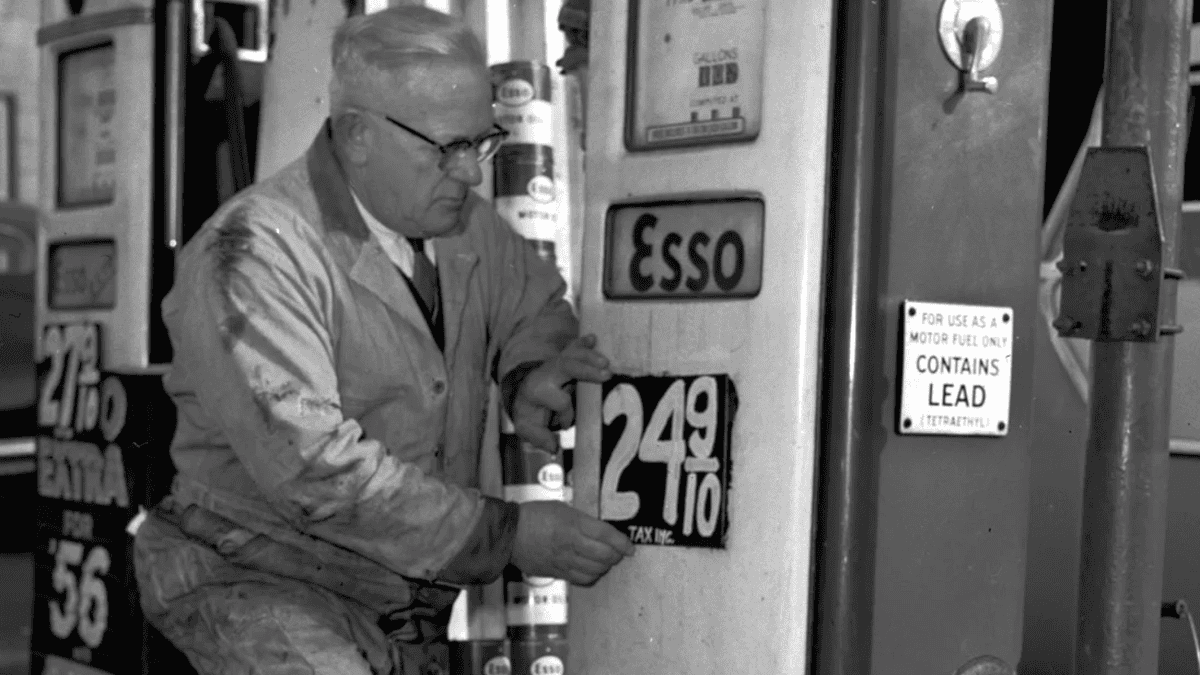Strict, conservative definitions of Western classical music would not be sufficient to encapsulate the repertoire in harmonica player Cy Leo’s concert with the Hong Kong Sinfonietta. Each of the pieces they performed relies heavily on influences from other musical styles.
French composer Ravel draws upon Spanish folk traditions, the American Gershwin infuses jazz elements in his compositions, and Canadian Robert Farnon references music of a lighter vein in his work for harmonica.
Hearing their compositions, we experience how these external stimuli can coexist with more traditional forms of music-making.
Ravel’s Alborada del Gracioso is somewhat hard to define (some call it The Morning Song of the Jester in English) but it served its purpose in setting the stage for the evening’s eclectic musical mix.
The “jester” appears midway through the piece in the form of a lone bassoon, played by Tommy Liu Tung-bo with some self-indulgent melancholic notes. A more carefree and speech-like delivery would have better suited a section marked quasi recitative. The seguidilla dance fragments could have been better framed orchestrally as part of the story being told.
Leo then introduced us to Robert Farnon and his Prelude and Dance, which offers a range of effects wrapped in a work of great emotional depth.
The soloist leveraged these technical moments in a way that never seemed forced, unfolding the narrative seamlessly and drawing us into phrasal contours of beauty and meaning.
He is a musician who is deeply committed to the material, at times playing within himself but always expressive.

Ravel’s well-known Bolero concluded the first half of the concert, the playing of its instrumental solos ranging from perfunctory to detailed and expressive.
For a 15-minute work that contains only two themes, variety needs to be found elsewhere – either by reconfiguring the phrasing, showing originality with the articulation, or injecting creativity with layering. Here there was no innovation, and the well-worn work came across as pedestrian.
Nonetheless, many in the audience found this reading acceptable, showing firm appreciation for it and enthusiasm for some of the soloists.
Rhapsody in Blue saw Leo return, and he produced a fresh take on the work’s opening glissando by bending the pitch more than is customary and prolonging the jazzy blues notes.
Leo was much more animated here and interacting physically with the orchestra more than in Farnon’s Prelude. The downside to do this was a lack of consistency in the harmonica’s amplification.

Yip’s opening address to the audience and the rather lengthy interview with Leo that followed the performance of the Rhapsody was didactic padding. Leo supplemented his responses with an impressively complex encore that involved a loop machine (for instant playbacks) in an updated take on Gershwin’s classic I Got Rhythm.
The Sinfonietta concluded the concert with more Gershwin, the colourful and humorous An American in Paris. The piece calls for a unity of purpose, and unfortunately some parts were under-rehearsed; as a consequence, the playing in some passages was not as tight as it should have been.
The orchestra is certainly musically capable, so one has to wonder what might be achieved if musical objectives were precisely communicated to ensure a united vision.
Still, through creative programming choices like this, the public is exposed to a more diverse palette of musical experiences.
“Cy Leo x Hong Kong Sinfonietta: Rhapsody in Blue”, Hong Kong City Hall Concert Hall. Reviewed: Aug. 10.







